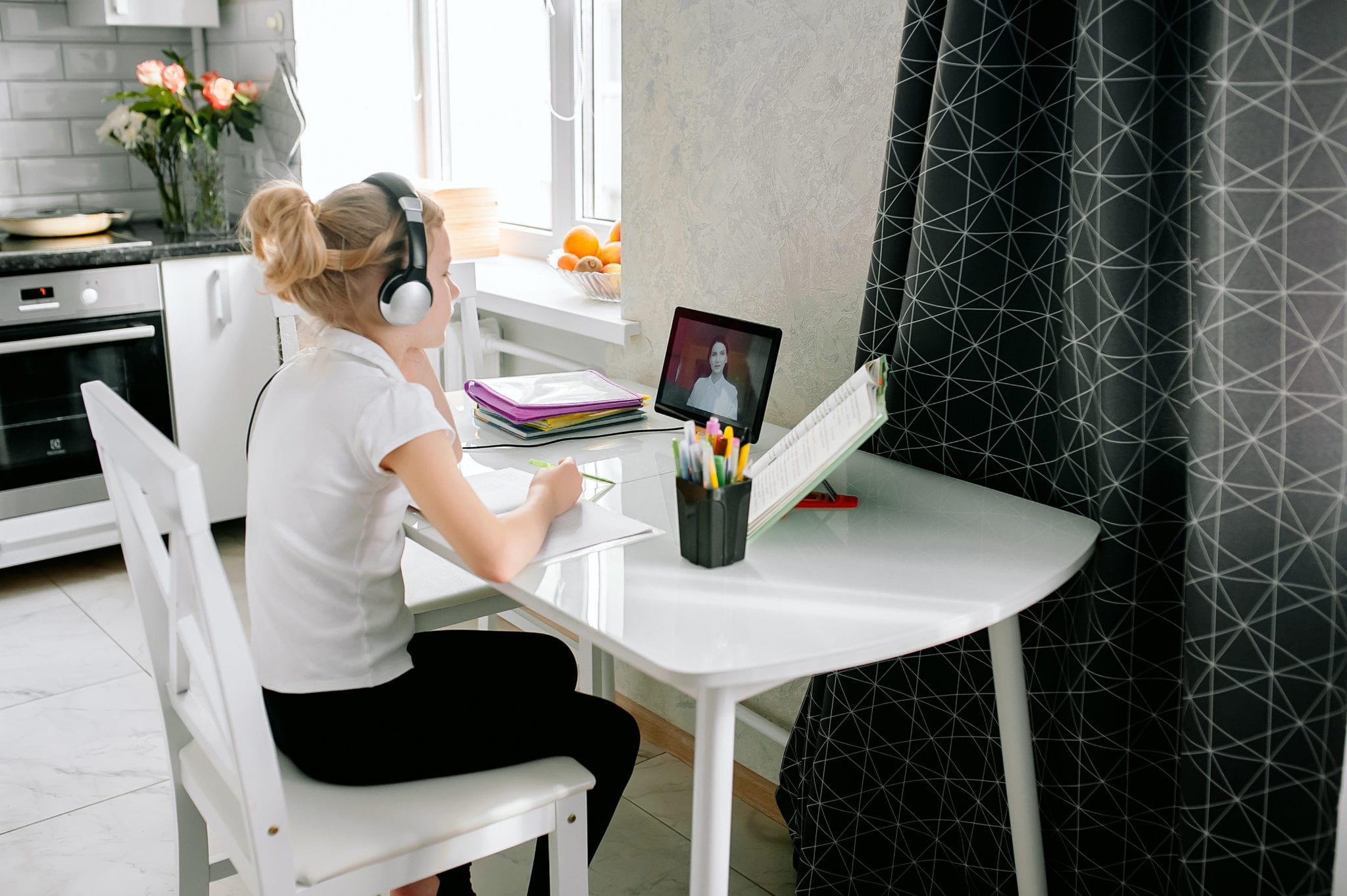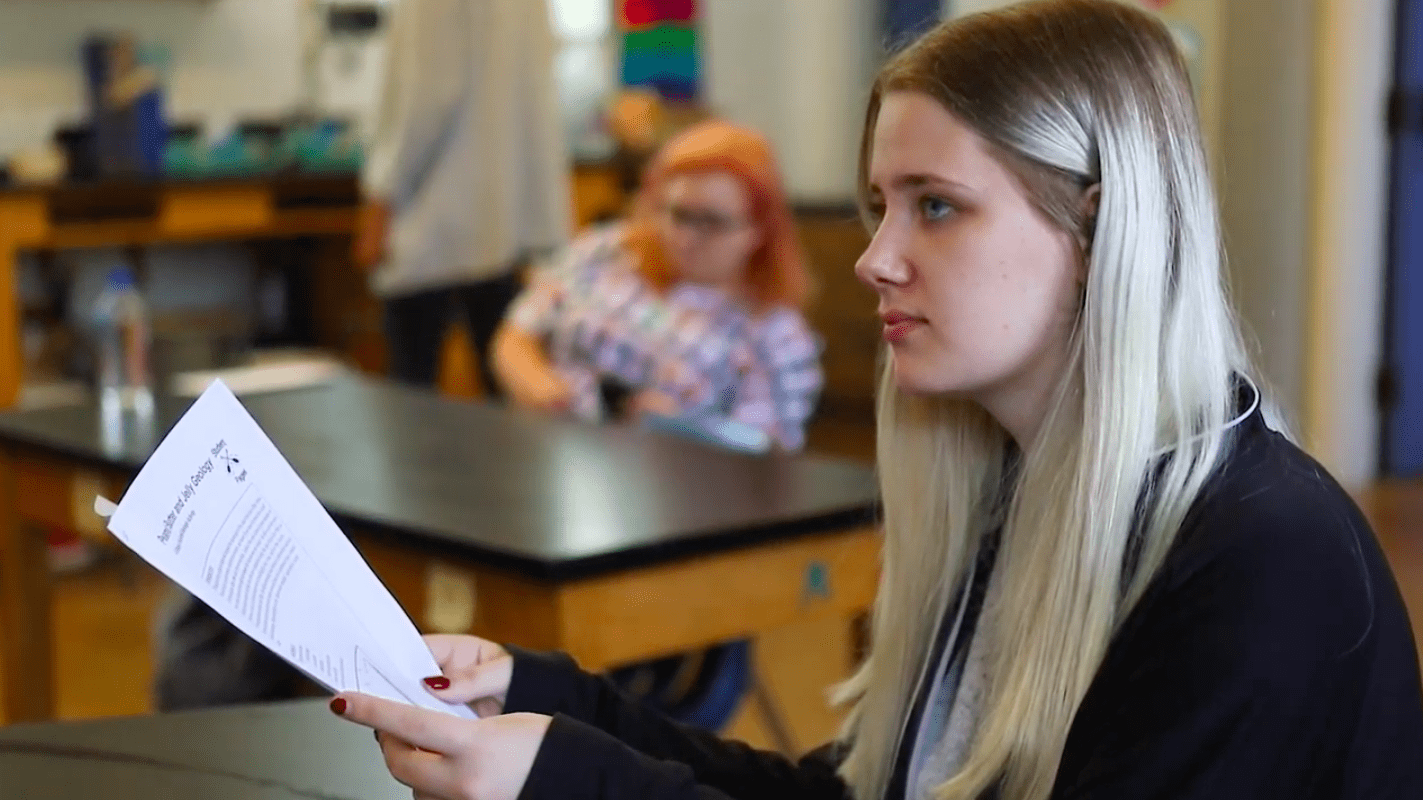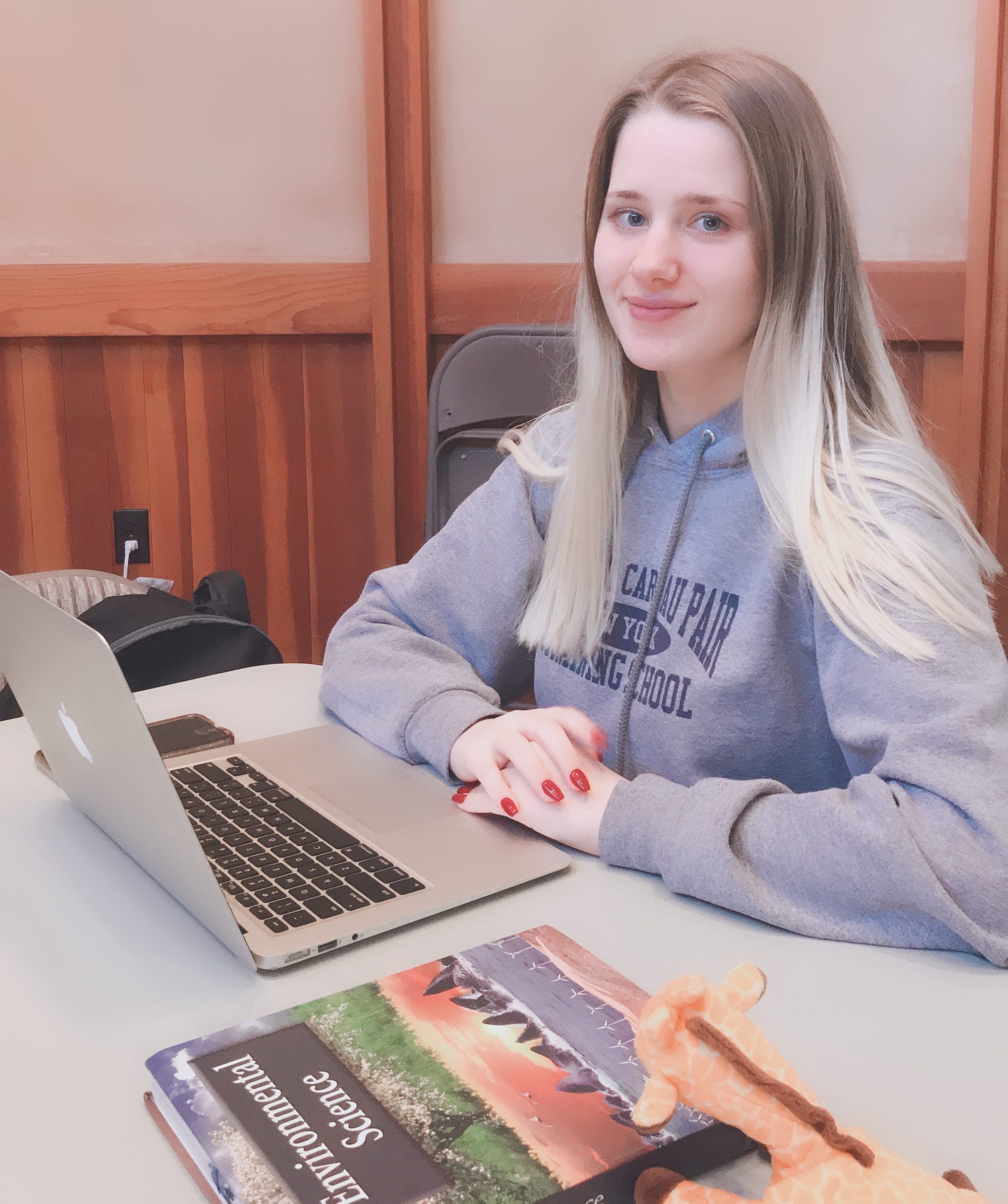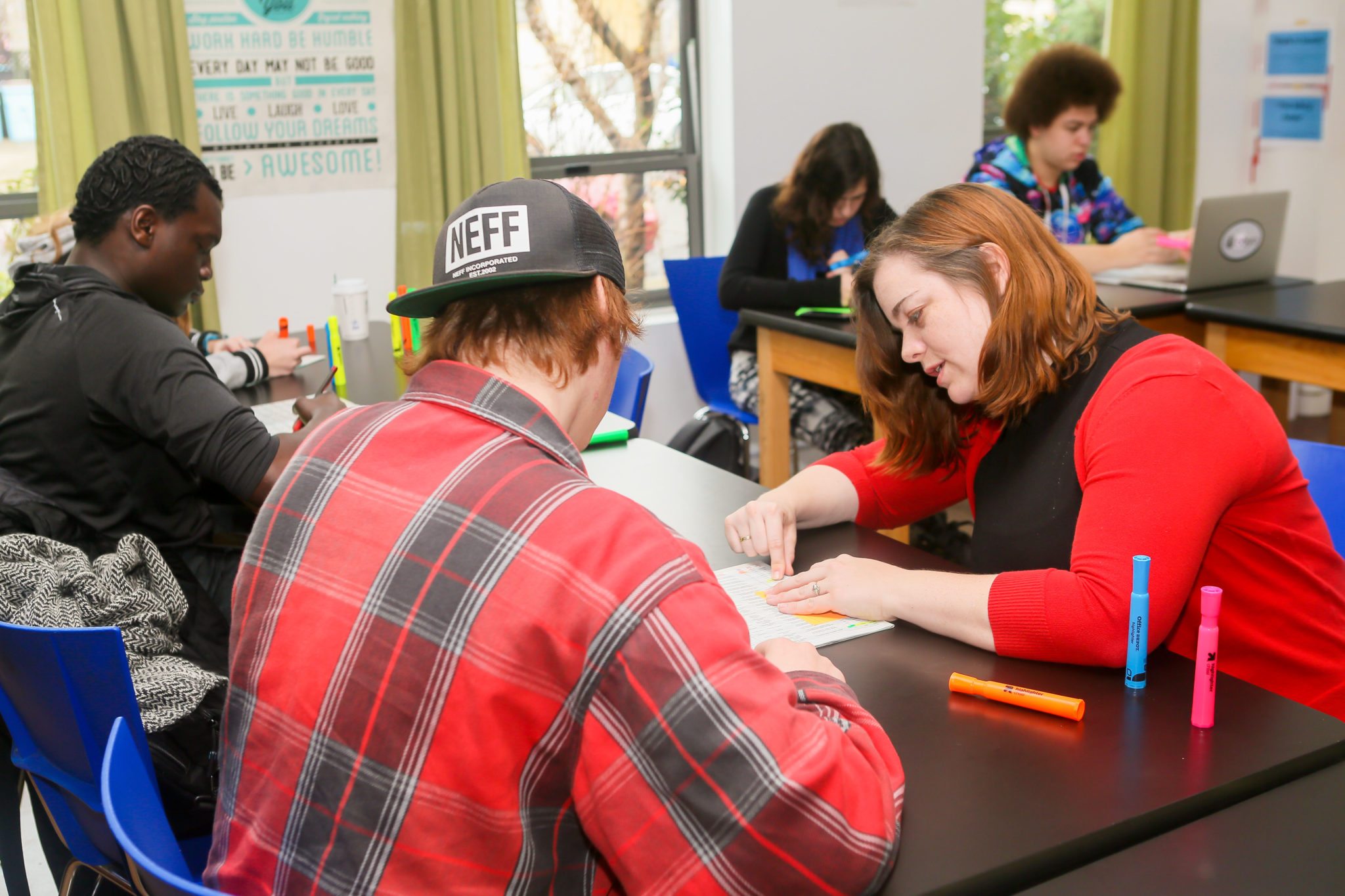Teaching students who learn differently
A learning disability (LD) is a brain-based difficulty in reading, writing, math, organization, listening comprehension, social skills, motor skills or a combination of these. Learning disabilities are not the result of low intelligence, poor vision or hearing, or lack of access to quality instruction.
Neurodiversity and the impact on students
For some students, their learning disability may become apparent as soon as they begin school. Despite signs of learning challenges, most students will not be diagnosed until much later. By then, the gap between these students and their peers often exceeds two or three years.
Lack of identification and access to quality learning disabilities programs can lead to poor outcomes for students with LD. Depression, higher drop rates, and limited opportunities for success are more common in students with learning disabilities.
The disadvantages of traditional schools for students with learning differences
Students with learning disabilities have average to above average intelligence, yet they do not perform to their potential in one or more academic areas. As these students enter high school most learning disability support falls away. The achievement gap between students with learning disabilities and those without only grows as they advance in school.
Teachers in traditional public and private schools are limited by large class size and lack of access to resources and effective training in learning disability education.
By the time these students reach high school, they have often become disillusioned with school. They are more likely to experience depression, to drop out of school and to develop poor self-esteem. When the people who are supposed to be experts do not know how to provide help for a learning disability, parents are desperate to find help for their child. The answer is, a special high school for students with learning disabilities.
Bayhill High School, a specialized setting for students with learning differences
At Bayhill, our teachers are specifically trained to provide research-based interventions and effective strategies for students with learning challenges. Personalized instruction in small classes can mean success for students who have struggled in traditional environments.
Auditory Processing Disorder
Individuals with Auditory Processing Disorder do not recognize subtle differences between sounds in words, even when the sounds are loud and clear enough to be heard. They can also find it difficult to tell where sounds are coming from, to make sense of the order of sounds, or to block out competing background noises.
- Our small class size and quiet classrooms limit background noise.
- Our teachers use a variety of comprehension strategies along with audio books & headphones to improve students’ understanding of oral and written language.
- Our students are able to more easily acquire new academic vocabulary through front loading of vocabulary, pairing images with words, and participating in engaging games.
- Students receive instruction in visual, auditory and hands-on modalities which allows them to more easily access the curriculum and learn according to their strengths.

Disorders of Visual Processing
Difficulties with visual processing affect how visual information is interpreted, or processed by the brain. It is different than visual acuity, in that the eyes are able to see, but the brain misinterprets or struggles to process visual information. Visual processing disorders vary and can include difficulty with drawing or copying and letter reversals. In fact, there are eight different types of visual processing disorders.
- Our students have access to computers to help with dysgraphia.
- Our students do not have to copy from a board as notes are given to them.
- Students use assistive technology to help with spelling and editing.
- Students can reference notes to help with visual memory.
- Our teachers provide audio books which helps students who struggle to read, read slowly, or fatigue easily when reading.

Dyscalculia
When students struggle early on with math, they often end up building on a faulty foundation. Bayhill teachers first work with students to establish the strong foundation they may be missing in math, using a systematic approach that will give students a true understanding of number sense.
- Our Foundational Math classes are taught by a teacher trained in Making Math Real, a proven system for teaching students who have struggled to learn math facts and concepts.
- Our math content area teachers use visual, auditory, and hands-on modalities of instruction so that students can absorb and integrate information using their strongest learning style.

Speech & Language Disorders
According to the American Speech & Hearing Association, “having trouble understanding what others say is a receptive language disorder. Having problems sharing our thoughts, ideas, and feelings is an expressive language disorder. … When we have trouble saying sounds, stutter when we speak, or have voice problems, we have a speech disorder.” Bayhill has an onsite Speech Therapist who provides individualized and group therapy. Additionally the Speech Therapist consults with classroom teachers providing suggestions for teaching strategies and accommodations to help students with Speech & Language Disorders.

Non-Verbal Learning Disability
Students with a non-verbal learning disability may struggle to interpret visual information such as graphs, imagery and facial expressions. They learn best through auditory and hands-on modalities.
- Our teachers provide direct instruction in interpreting graphical representations and visual imagery.
- Our speech and language therapist is also available (at an additional cost) to provide instruction in recognizing visual cues in social situations.

Executive Function Difficulties
Students who struggle with Executive Functions have poor time management, planning ability, organization, and prioritizing strategies.
- We use Google Apps for Education to teach students how to organize, complete, and store their work.
- Our graphic organizers help students to use a systematic approach to composing lengthy essays.
- We teach students how to plan and schedule their time and to prioritze important work.
Best of all, these tools are used in every classroom, by every teacher so students know what to expect and have a consistent experience.

We celebrate neurodiversity.
Regardless of their learning differences, Bayhill students come to understand and embrace how they learn best and become confident self-advocates. Our students focus on their strengths and their gifts.
Our specialized approach makes us one of the best schools in the Bay Area for students with learning disabilities.
To learn more about Bayhill High School, join us for an Open House or Tour & Talk. Complete an inquiry form and we will get back to you as quickly as possible.

